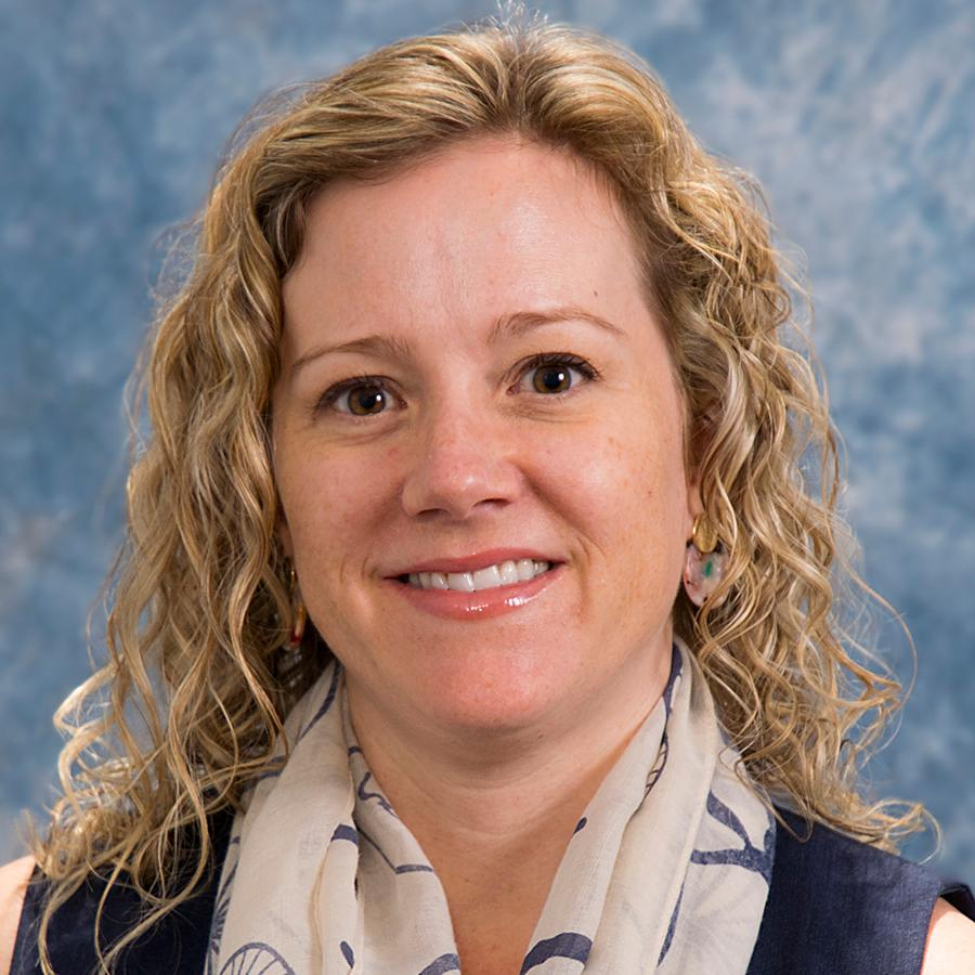Study assesses pandemic’s effects on youth experiencing homelessness Study assesses pandemic’s effects on youth experiencing homelessness


(August 27, 2020) – COVID-19 poses yet another risk to young people trying to survive without stable housing, and Cizik School of Nursing at UTHealth researchers will use a new grant to study the pandemic’s effects on this vulnerable and hard-to-reach population.
The two-year award from the National Institute of Nursing Research of the National Institutes of Health (NIH) will provide a $311,666 supplement to Interim Dean Diane Santa Maria’s existing, five-year “Come As You Are” grant, which assesses a nurse case management intervention for HIV prevention and care among youth experiencing homelessness.
“This a highly vulnerable population whose circumstances put them at high risk of contracting COVID-19 and experiencing poor health outcomes if infected,” said Santa Maria, DrPH, MSN, RN, FAAN.
The research team has enrolled 68 patients between ages 16 and 25 into the HIV study since November 2019, and they had already begun asking the group questions about how the pandemic has affected them. The new grant supplement provides funds to assess the youths’ knowledge of and adherence to COVID-19 safety measures and to identify additional mental health symptoms and behavioral health risks. Additionally, it will allow for antibody testing to determine exposure to the virus.
“Now we are going to actually be able to see if they have antibodies,” said research associate Traquel Harrison.
COVID-19 forced the team to modify enrollment of new participants into the HIV study this spring when facilities serving the homeless shut down or locked up. Access remains limited at the shelters and drop-in centers, although the service agencies are expected to fully reopen in September after being remodeled to accommodate social distancing, Harrison said. The study team plans to resume outreach in person and via social media in September with the goal of enrolling 200 more young people within the next year.
The larger study provides participants with a cell phone for 12 months so that they can work with their nurse case manager, complete online surveys, and stay connected to the research team. As an added benefit, the phones better enable the youths to look for jobs, connect with family and friends, and seek housing.
The initial “stay home, work safe” orders cost study participants work and sent some scrambling to find shelter with friends and family. As the pandemic drags on, the waiting period for moving into transitional housing has actually shortened for some study participants, Harrison said, but securing stable work remains a challenge. A few youths are picking up more hours in service industry jobs or are working for the U.S. Census, but those positions require vehicles that many don’t have.
“They are getting jobs that probably won’t last long, or where they are working a lot of hours now but those will be cut back,” Harrison noted.
In the face of such enormous difficulties, research nurse Alejandro Carrillo, BSN, RN, has been impressed by the resilience of the young people enrolled in the study.
“Despite the challenges, these youths in my opinion have adapted very well,” he said. “I think it comes from the fact that they are resilient and take everything one day at a time.”
Adding the COVID-19 aspect to the existing HIV study will enable researchers to collect the first data on the disease’s prevalence rates among young people struggling with housing instability, Santa Maria noted.
“By leveraging the access to an existing cohort of youth experiencing homelessness to answer these questions, the findings from this study can increase the accuracy and actionable predictions that can inform efforts in future epidemics among vulnerable populations in congregate living settings, staying on the streets, and otherwise experiencing unstable housing,” she wrote in the grant application.
Photo caption: Research team members pictured above include (L-R): research coordinator Sam Payen, research nurse Victoria Waterfield, UTHealth School of Public Health graduate student Alexis Sims, research nurses Alejandro Carrillo and Denise Rios, research associate Traquel Harrison, and research coordinator Jennifer Jones.
by Sherri Deatherage Green



